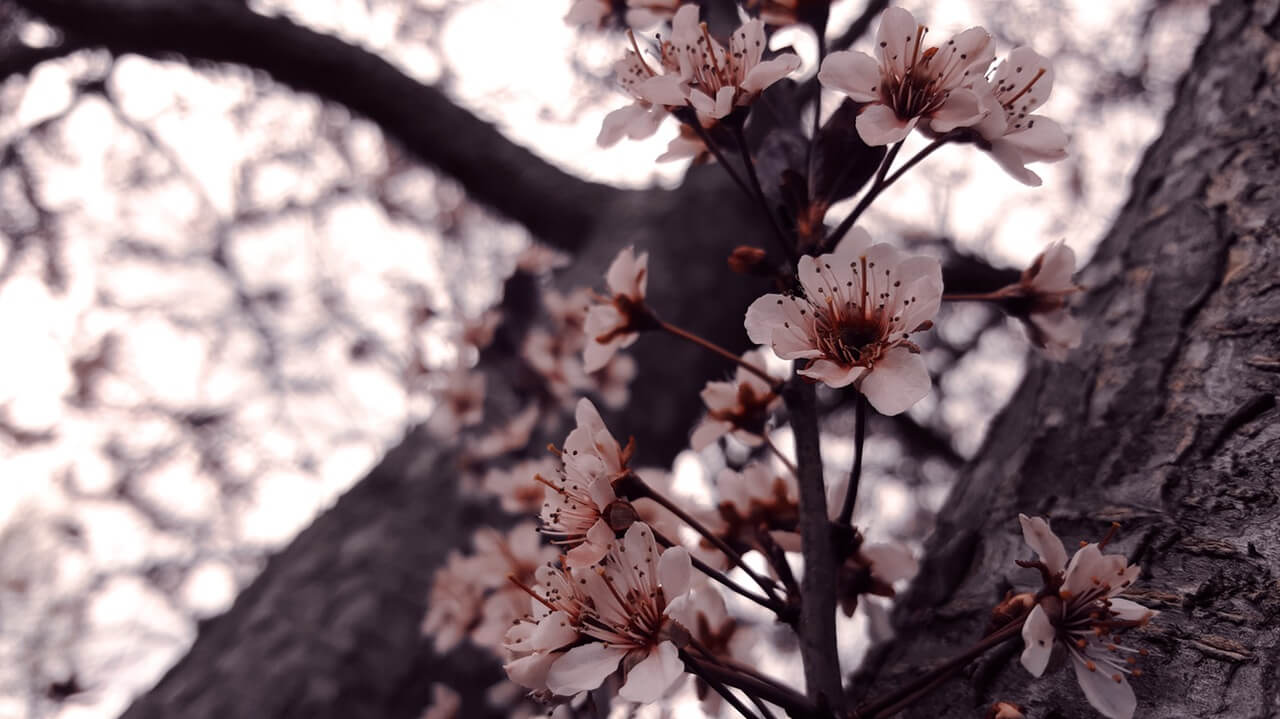May is the month when homeowners begin spending quality time in their yards. It’s also the season for the emergence of aphids and mites. Both pests can inflict serious damage to trees and shrubs and infestations of both can be treated. Denver landscaping experts offer some advice.
Spider Mites
If you thought emerald and lilac ash borers were pestilence defined, then you missed out on the invasion of the spider mites. This nasty, little bug is most active in the cool spring and fall. It feeds on conifer needles, causing a bronze or rust colored discoloration to the needles and may result in leaf drop. Damage often times won’t show up until summer when it’s too late to save the tree.
Spider mites prefer feasting upon distressed trees, so your best defense is to keep your trees healthy and remove any trees that aren’t. Keeping trees healthy includes providing them with adequate water and mulching to protect against temperature extremes.
Several generations of spider mites can be produced in a single season. Overwintering eggs hatch in early spring and eat old growth. Females lay their eggs on the bark of small branches until the first hard frost.
To diagnose a spider mite infestation, look for:
- Stippling on leaves as they feed
- Bronze or rust coloration on conifers
- Fine webbing between joints and twigs (hence the term “spider” mite)
If you shake a branch over as sheet of white paper and bugs fall onto the paper, get them tested. Susceptible trees include Colorado spruce, Norway spruce, white spruce, white pine, arborvitae, cedar, Douglas fir, hemlock, juniper, and larch.
Treatment: Many professionals rely upon soil applied systemic insecticides to treat spider mite infestations. Such treatments may work in as little as three days, with ongoing effectiveness lasting up to 30 days. Foliar sprays applied just after bud break in the spring and again when temperatures cool in the fall have also been effective.
Aphids
There’s nothing uncommon about aphids. With over 400 species, these pests suck the sap from tender new growth. The galls that result aren’t pretty, but an aphid infestation won’t normally cause serious damage to established plants. Aphids aren’t picky; no plant is safe from their voracious hunger.
Honeydew, a sticky substance excreted by aphids, is proof positive your trees and shrubs have an infestation. It can coat sidewalks, vehicles, and other structures–a sticky mess. Aphids hatch in the spring from overwintering eggs. The young bugs migrate to their summer feeding grounds where they quickly begin hatching several more generations over the course of a season.
Other symptoms of aphid infestation includes curled, discolored leaves and a black fungus called sooty mold (which may grow on the honeydew). The presence of ants and bees attracted to the honeydew may also denote an aphid infestation.
Treatment: Professional arborists typically apply chemical soil drenches or soil injections for long-term control. These types of treatments, however, take up to sixty days to take effect. A second treatment option is a foliar spray, the effects of which may last up to two weeks.
American Arbor Care specializes in tree and shrub health. Trust your Denver tree service professionals to accurately determine the pest infestation and to know how to control it. Call us at (303) 639-8584 to schedule a consultation and learn what can be done to make your lawn the envy of the neighborhood.

